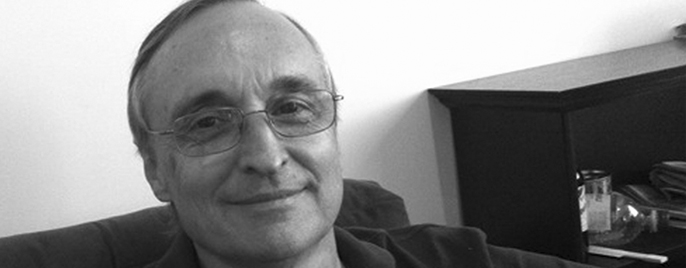In The Straits your block of episodes is the end of the series. Did this heighten the editing style?
Not really, except for the final episode, which has a long sequence of parallel action in which all the conflicts of the series come to a head: A surprising one, I hope. If only I was being paid by the cut! That was simply determined by the story and the footage.
Did you and director Rowan Woods stay in regular contact during the shoot or was it a matter of him coming into the Sydney edit suite and working the edit from there?
The shoot was broken up into chunks according to the availability of Brian Cox, among other things. All his scenes from the ten episodes were more or less shot out in a block. They also shot the Torres Strait scenes from all the episodes in one hit at the end, which was most efficient and cost effective way to do it. Consequently Rowan had a week or so in Sydney in the middle of the shoot during which we worked through our first episode together. This turned out to be of less value than we might have expected as our attitude to what we’d done during that period changed when we saw the whole episode put together with the remaining scenes from the Torres Strait shoot cut in.
Having watched the rushes how do you like to work from assembly to directors cut?
Editing rushes feels like being lost in a fog to some degree. That’s usually my experience, anyway. I don’t get a true sense of what I’ve got until I see the whole thing put together. It’s at that point that I hack into the material, often recutting a lot of what I’ve done. I’m sure that attitude comes from having learned the craft in America where budgets are a lot bigger and the editors are given more time on their own before a producer sees their cut – or at least they were 25 years ago. The directors were barely involved after the shoot so it was up to you to get it virtually ready to go on the air. (Then the producer would come in and tell you to cut out all the pauses!) Unfortunately in television here we’re rarely given a chance to get the material into great shape and I’m usually showing the director something I would have improved substantially given the time. Unusually with The Straits Rowan was able to leave me alone for a week to get the three episodes together so at least I’d fixed the obvious problems by the time we started fine cutting.
Did the mix of experienced and inexperienced actors generate a dynamic that added to the edit?
I certainly expected that it would have but it didn’t much. There were a couple of Torres Strait Islander teenagers in the ninth episode who as far as I know had never acted before. Rowan had rehearsed them quite a bit before they shot their scenes. As a result they were very loose and very funny together when the cameras were rolling. Inexperienced actors are always more work, so there was nothing different there.
What was your favourite experience on the film?
I loved the uncompromising ambition of the scripts, which is what I expected from Matchbox Pictures, given “RAN”, “My Place” and “The Slap”. The stories came from Aaron Fa’aoso, some of them apparently out of his personal experience, which is pretty sobering. I’ve been wanting to work with Penny Chapman and Helen Pankhurst for a long while and jumped at the chance. And of course working with Rowan Woods: He’s a generous collaborator and we had a ball together. I know I did, anyway.
